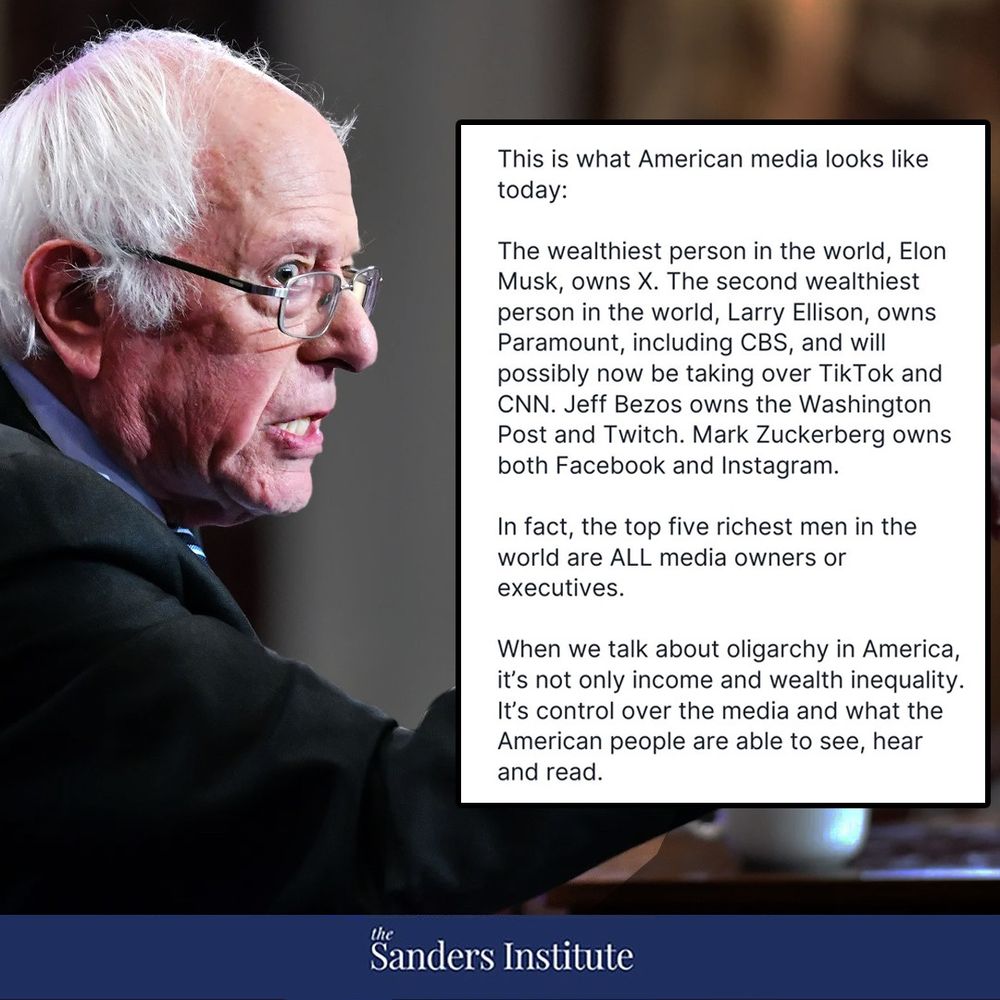Gender inequality has been a pervasive issue throughout history, with women often being marginalized and discriminated against in various aspects of life. In ancient civilizations, women were often seen as inferior to men and were not given the same rights and opportunities. In many societies, women were not allowed to own property, vote, or pursue education and careers. This inequality was perpetuated through cultural norms and religious beliefs that reinforced the idea of women’s inferiority. It wasn’t until the late 19th and early 20th centuries that the women’s rights movement gained momentum, leading to significant progress in the fight for gender equality. Women began to demand equal rights, including the right to vote, access to education, and the ability to pursue careers outside of the home. Despite these advancements, gender inequality still persists in many parts of the world, with women continuing to face discrimination and barriers to equal opportunities.
Throughout history, gender inequality has been deeply ingrained in societal structures and cultural norms. Women have often been relegated to traditional gender roles, such as caretakers and homemakers, while men have been expected to be the primary breadwinners. This division of labor has perpetuated gender inequality in various aspects of life, including the workplace, education, and politics. Additionally, women have historically been underrepresented in positions of power and leadership, further perpetuating the imbalance of power between men and women. While progress has been made in addressing gender inequality, there is still much work to be done to achieve true gender equality.
The Current State of Gender Equality
In recent years, there has been a growing awareness of the importance of gender equality, leading to significant progress in many parts of the world. Women have made strides in various fields, including politics, business, and education. There has been an increase in the number of women in leadership positions, as well as a greater focus on closing the gender pay gap. Additionally, there has been a shift in cultural attitudes towards gender roles, with more emphasis on breaking down traditional stereotypes and expectations. However, despite these advancements, gender inequality still persists in many areas. Women continue to face discrimination in the workplace, with lower wages and fewer opportunities for advancement. Additionally, women are still underrepresented in many fields, including STEM (science, technology, engineering, and mathematics), and continue to face barriers to accessing education and healthcare.
While progress has been made in addressing gender inequality, there is still much work to be done to achieve true gender equality. In many parts of the world, women continue to face systemic barriers to equal opportunities and rights. This includes issues such as gender-based violence, lack of access to education and healthcare, and limited political representation. Additionally, cultural attitudes towards gender roles and expectations continue to perpetuate inequality. It is important for society to continue working towards achieving gender equality in all aspects of life, including the workplace, education, and politics.
Gender Equality in the Workplace
Gender equality in the workplace has been a major focus in recent years, with efforts being made to address issues such as the gender pay gap and lack of representation in leadership positions. Despite these efforts, women continue to face discrimination and barriers to equal opportunities in many industries. The gender pay gap remains a significant issue, with women earning less than men for the same work. Additionally, women are often underrepresented in leadership positions, with men dominating top executive roles in many companies. This lack of representation perpetuates gender inequality and limits opportunities for women to advance in their careers.
Efforts to address gender equality in the workplace have included initiatives such as diversity training, mentorship programs, and policies aimed at promoting equal pay and opportunities for advancement. However, there is still much work to be done to achieve true gender equality in the workplace. It is important for companies to prioritize diversity and inclusion efforts, as well as implement policies that promote equal opportunities for all employees. Additionally, addressing issues such as the gender pay gap and lack of representation in leadership positions is crucial for achieving gender equality in the workplace.
Gender Equality in Education
Gender equality in education has been a major focus in recent years, with efforts being made to address issues such as access to education and representation in academic fields. Despite these efforts, women continue to face barriers to accessing education and pursuing careers in certain fields. In many parts of the world, girls are still less likely than boys to attend school and receive a quality education. Additionally, women are often underrepresented in fields such as STEM (science, technology, engineering, and mathematics), limiting their opportunities for career advancement.
Efforts to address gender equality in education have included initiatives such as scholarships for girls, mentorship programs, and policies aimed at promoting equal opportunities for all students. However, there is still much work to be done to achieve true gender equality in education. It is important for schools and educational institutions to prioritize diversity and inclusion efforts, as well as implement policies that promote equal opportunities for all students. Additionally, addressing issues such as access to education and representation in academic fields is crucial for achieving gender equality in education.
The Role of Men in Promoting Gender Equality
The role of men in promoting gender equality is crucial for achieving true equality between men and women. Men have a responsibility to challenge traditional gender norms and stereotypes, as well as advocate for equal rights and opportunities for women. This includes supporting women in the workplace, challenging sexist attitudes and behaviors, and promoting equal opportunities for all individuals. Additionally, men can play a role in promoting gender equality by being allies to women and advocating for policies that promote equal rights and opportunities.
Efforts to engage men in promoting gender equality have included initiatives such as allyship training, mentorship programs, and policies aimed at promoting equal opportunities for all individuals. However, there is still much work to be done to achieve true gender equality. It is important for men to actively engage in conversations about gender equality and challenge traditional attitudes and behaviors that perpetuate inequality. Additionally, men can play a role in promoting gender equality by advocating for policies that promote equal rights and opportunities for all individuals.
Intersectionality and Gender Equality
Intersectionality is an important concept when discussing gender equality, as it recognizes that individuals experience multiple forms of discrimination based on their intersecting identities. This includes factors such as race, ethnicity, sexual orientation, disability status, and socioeconomic status. It is important to recognize that individuals experience discrimination differently based on their intersecting identities, and that efforts to promote gender equality must take into account these intersecting forms of discrimination.
Efforts to address intersectionality in the fight for gender equality have included initiatives such as diversity training, intersectional allyship programs, and policies aimed at promoting equal opportunities for all individuals. However, there is still much work to be done to achieve true intersectional gender equality. It is important for society to recognize the unique experiences of individuals based on their intersecting identities and work towards addressing discrimination on multiple fronts.
The Future of Gender Equality
The future of gender equality holds great promise as society continues to make progress towards achieving true equality between men and women. Efforts to address issues such as the gender pay gap, lack of representation in leadership positions, access to education, and intersectionality are crucial for achieving true gender equality. It is important for society to continue working towards promoting equal rights and opportunities for all individuals, regardless of their gender or intersecting identities.
Efforts to achieve true gender equality will require ongoing commitment from individuals, organizations, and governments around the world. This includes implementing policies that promote equal opportunities for all individuals, challenging traditional attitudes and behaviors that perpetuate inequality, and advocating for the rights of marginalized communities. Additionally, it is important for society to recognize the unique experiences of individuals based on their intersecting identities and work towards addressing discrimination on multiple fronts.
In conclusion, achieving true gender equality will require ongoing commitment from all members of society. Efforts to address issues such as the gender pay gap, lack of representation in leadership positions, access to education, intersectionality are crucial for achieving true gender equality. It is important for society to continue working towards promoting equal rights and opportunities for all individuals regardless of their gender or intersecting identities. The future holds great promise as society continues to make progress towards achieving true equality between men and women.











